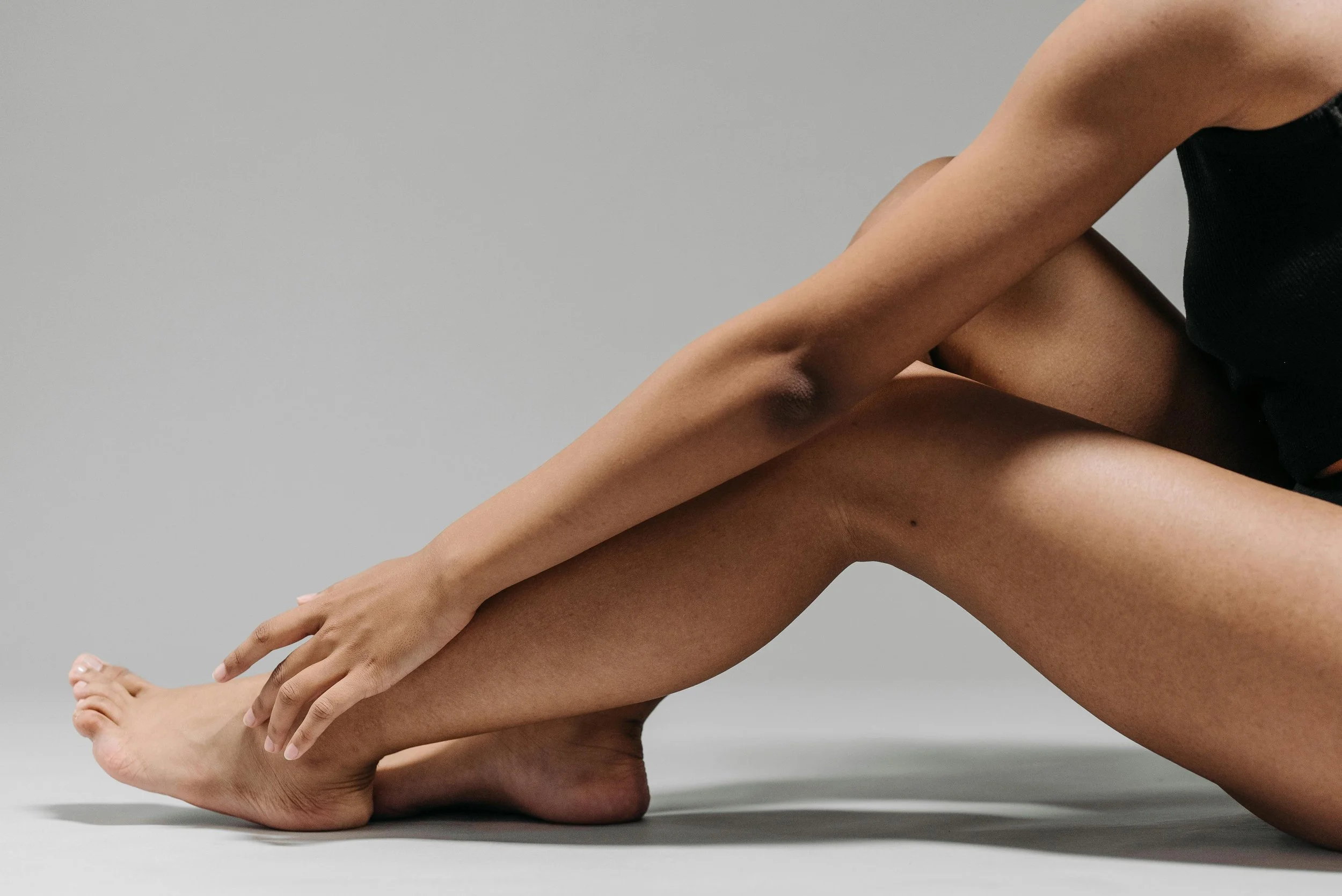How To Prevent Folliculitis After Waxing
Red, painful bumps that appear post-wax are relatively common, but you don’t have to suffer through these side effects after every hair removal session. In many cases, it’s possible to prevent folliculitis after waxing, and we’re going to teach you how. Join us to learn what causes this pesky inflammation and how you can care for your skin to minimize the risk.
What is folliculitis?
Folliculitis refers to inflammation or infection of the hair follicles. That said, here’s a closer look at this common condition:
What causes folliculitis after waxing?
After waxing, hair follicles are more susceptible to harmful bacteria, fungi, and other microorganisms. Consider some of the factors that can lead to folliculitis:
Friction and sweat: Tight clothing, sweating, and heat exposure shortly after waxing can trap bacteria.
Poor hygiene: Failing to keep the treatment area clean and dry post-wax.
Improper waxing technique: Reusing applicators or using contaminated wax.
Ingrown hairs: When new strands become trapped beneath the skin, they may trigger inflammation and infection.
Sensitive skin: Clients with highly reactive skin may be more prone to folliculitis after waxing.
What are the signs and symptoms?
Folliculitis usually appears within one or two days after waxing, and may include symptoms like:
Red, inflamed bumps
Rash similar to contact dermatitis
Pustules or whiteheads around the follicle
Itching, tenderness, and irritation
Burning or stinging
Crusting or oozing (in severe cases)
Is folliculitis after waxing common?
Unfortunately, folliculitis is fairly common after waxing, shaving, and other hair removal methods, especially after bikini or Brazilian waxing. Many men with coarse facial hair also experience folliculitis. It’s generally mild and resolves on its own without medical intervention.
Related: What’s the Best Wax for Face Waxing?
Preventing folliculitis after your waxing appointment
To prevent folliculitis after waxing, it’s essential to prep your skin for treatment and have a solid aftercare plan in place.
Prep your skin the right way
Proper skin preparation can ensure your skin is less vulnerable to irritation and infection. Gently exfoliate 24 to 48 hours before treatment to eliminate dead skin cells.
Cleanse the area before your session and arrive with clean, product-free skin. Only wax hair that’s at least one-quarter of an inch long, and avoid tanning and harsh skincare products in the days before your appointment.
Use the right skincare products
The right products are key to folliculitis prevention after waxing. Invest in a high-quality aloe vera gel to soothe inflammation, witch hazel to calm the skin, and tea tree essential oil for antibacterial and anti-inflammatory properties.
A mild salicylic acid solution can help prevent ingrown hairs. Skip any harsh topical products or particularly heavy occlusives like coconut oil.
Follow proper aftercare instructions
After your wax, keep the area clean and dry for 24 to 48 hours. Shower only with cold water and avoid touching the area. Wear loose, comfortable clothing until your skin begins to heal. For the first few days, stay away from hot tubs, saunas, and excessive heat.
Once your skin returns to normal, gently exfoliate every few days to prevent ingrown hairs. Consider using hyaluronic acid serum along with a nourishing moisturizer to lock in hydration.
Read more: Waxing Aftercare Tips for Long-Lasting Results
How to treat folliculitis after waxing
While proper skin care can prevent many cases of folliculitis, it may not always be completely avoidable. Thankfully, there are a few remedies you can use to help treat folliculitis if it appears:
Keep the area clean
Maintaining proper hygiene can go a long way to prevent folliculitis after waxing. Wash the area with a mild, non-comedogenic, antibacterial cleanser one to two times a day, and pat dry with a soft, clean towel. Avoid exfoliation while bumps are present, and keep your hands off until the skin fully heals.
Use OTC treatments
Many at-home treatments, like apple cider vinegar and warm compresses, can help folliculitis clear up more quickly. However, you may need something a little stronger for stubborn blemishes. Topical benzoyl peroxide, salicylic acid, and hydrocortisone cream may reduce inflammation and kill any lingering bacteria in the area.
Consult with your provider
If your symptoms don’t improve within a few days (or get worse), it may be time to reach out to your waxing provider or dermatologist. Keep an eye out for painful, pus-filled bumps, oozing, crusting, and an elevated temperature.
These symptoms can signal that an infection is spreading, posing a more serious threat to your health. Your doctor may prescribe antibiotics or an antifungal treatment to address the root of the problem.
Related: How Long Should Hair Be To Wax?
Visit The Wax Studio for the most comfortable waxing experience!
Choosing the right waxing specialist is the first step to prevent folliculitis after waxing. A knowledgeable expert can help you prepare for treatment, ensure a safe, sanitary environment, and answer any questions or concerns you have during the recovery process. At The Wax Studio, your comfort and safety are our top priority. Book an appointment online or reach out today to learn more!

